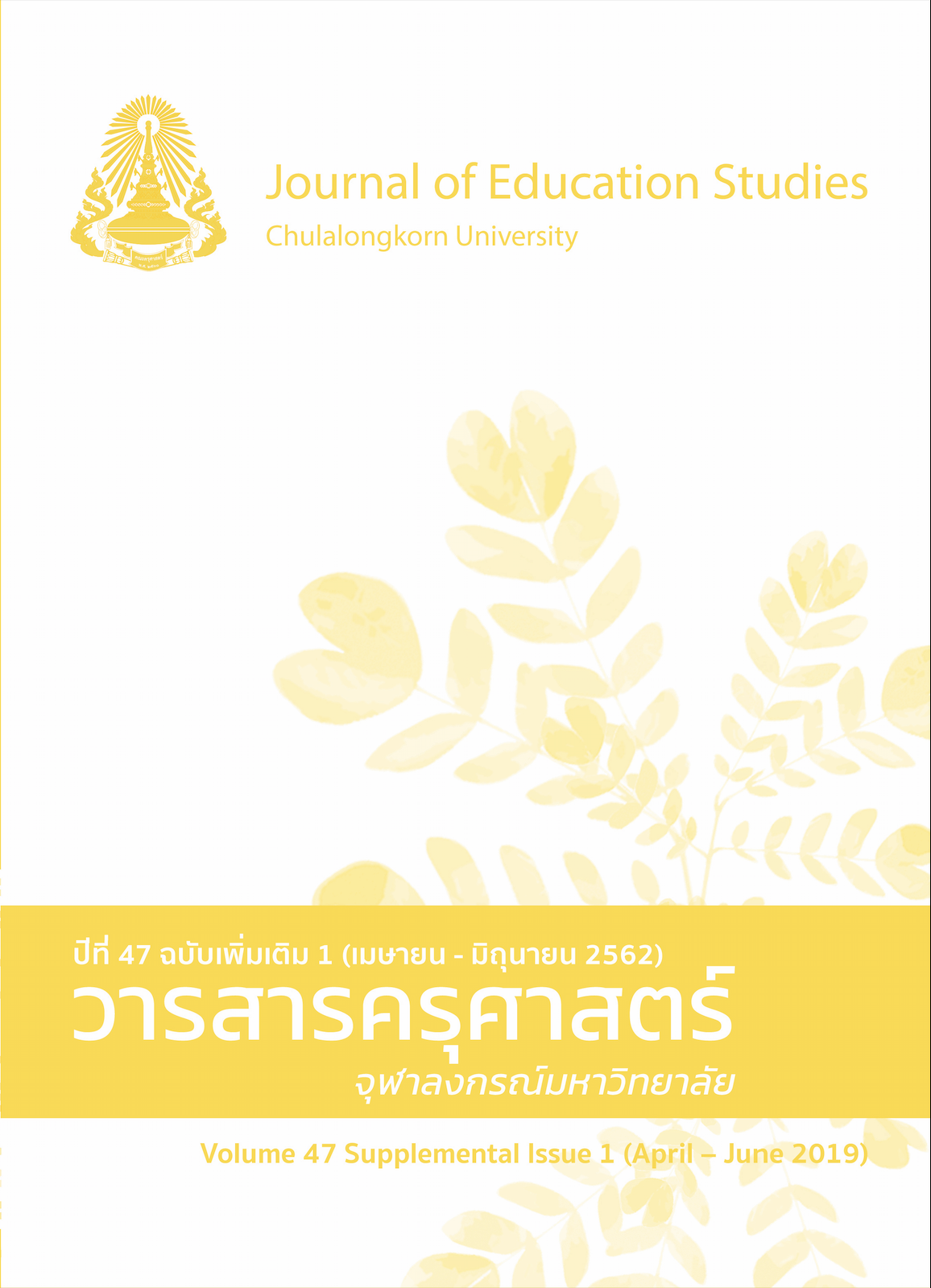กลยุทธ์การบริหารความเสี่ยงของโรงเรียนมัธยมศึกษา ตามแนวคิดการพัฒนาความเป็นพลเมืองโลก
Keywords:
STRATEGY, RISK MANAGEMENT, GLOBAL CITIZENSHIP DEVELOPMENT, SECONDARY SCHOOLAbstract
The purposes of this research were to study the current state, desirable state, and priority needs to develop secondary school risk management strategies according to the concept of global citizenship development. The study used a mixed method research design. The sample were 226 schools in world-class standard school who participated with school administrators and teachers. The instruments used in this study were questionnaires and a strategic evaluation form. The data were analyzed by percentage, mean, standard deviation, PNIModified,and content analysis from a focus group discussion.
The results showed that the current state of risk management in secondary schools were as a whole and each aspect was at a middle level, while they were at a high level for the desirable state. When sorting needs with a PNI modified index, they were ranked as 1) objective setting, 2) risk identification, 3) risk assessment, 4) risk management planning, and 5) report and monitoring. Secondary school risk management strategies according to the concept of global citizenship development were comprised of three main strategies, 12 sub-strategies, and 37 procedures.



